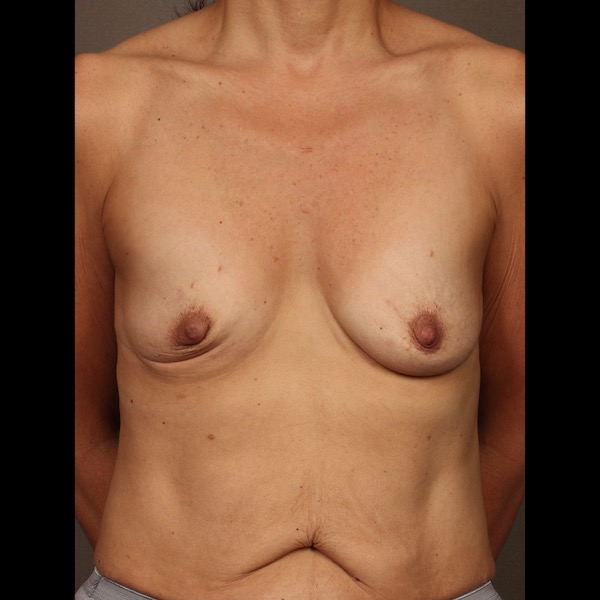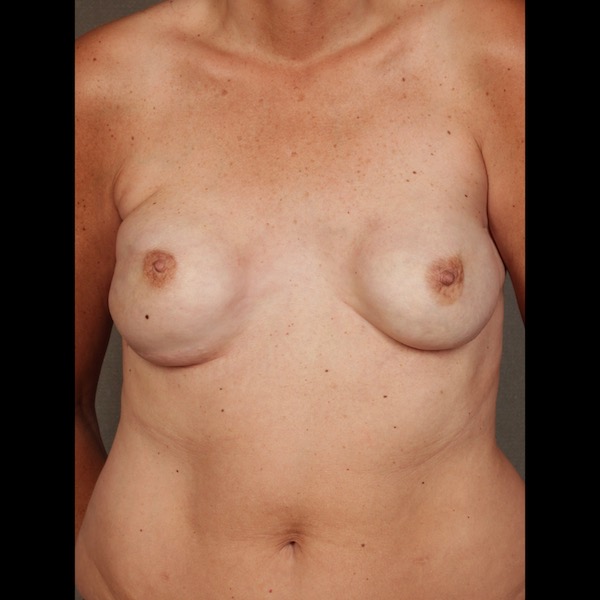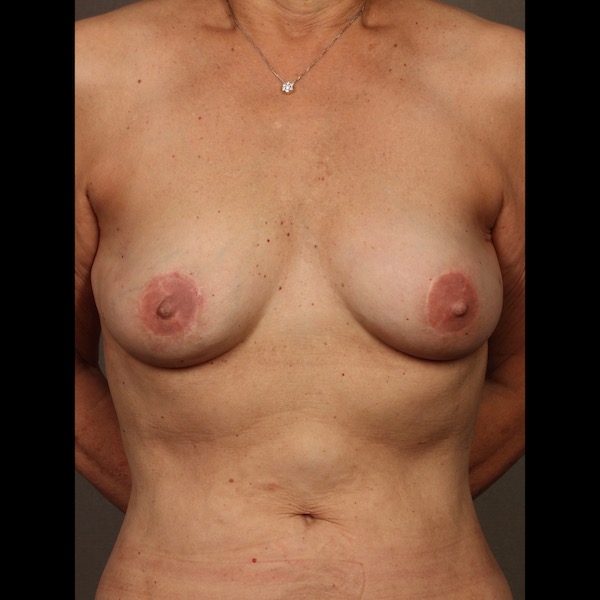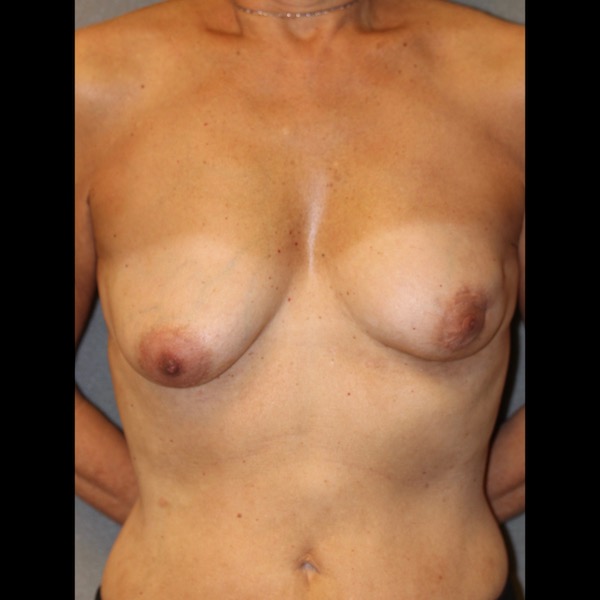Summary
The LTP flap is less frequently used than other natural-tissue reconstruction techniques. It is a relatively recently described option for breast reconstruction. Using perforator surgery and microsurgery techniques, tissue from the upper outer thigh is transplanted to the chest in order to reconstruct the breast.
This approach may serve as a good alternative for patients who do not want implant reconstruction but do not have enough tissue in the lower abdomen or inner thighs for a natural-tissue flap. The LTP flap is particularly suitable for women who have excess skin and fat along their upper outer thighs.
Procedure details
- Ellipse of skin and fat is elevated as a flap from the upper outer thigh area
- Flap is transferred to the chest area to reconstruct the breast
- Flap blood vessels are connected under the microscope to blood vessels in the chest
- Breast shape is created using the flap tissue
- Incisions along the outer thigh are closed, resulting in a flatter thigh contour
Risks & Benefits
Potential drawbacks of the LTP flap include a scar on the outer thigh. As will all microsurgical procedures, in very rare cases, it is possible that the flap tissue does not survive after the flap is transplanted to the chest. In these unusual circumstances, a different approach to reconstruct the breast might be required.
The advantages of this technique are common to those of other natural-tissue flap breast reconstruction procedures. Soft, warm tissue is used to reconstruct the breast without the need for a breast implant, and patients may appreciate the flatter contour of the outer thigh.
Frequently Asked Questions
How do I know if the LTP flap is an option for me?
Our surgeons will be able to assess your anatomy,and guide you as to whether or not you have enough tissue in the outer thigh to adequately reconstruct your breast. If not, we will likely be able to find a good alternative.
If I had previous hip or thigh surgery, can I still have this operation?
This depends on the type of previous operation you had. Sometimes a CT scan can help us determine if certain blood vessels were damaged or if there is a lot of scar tissue in the area.





